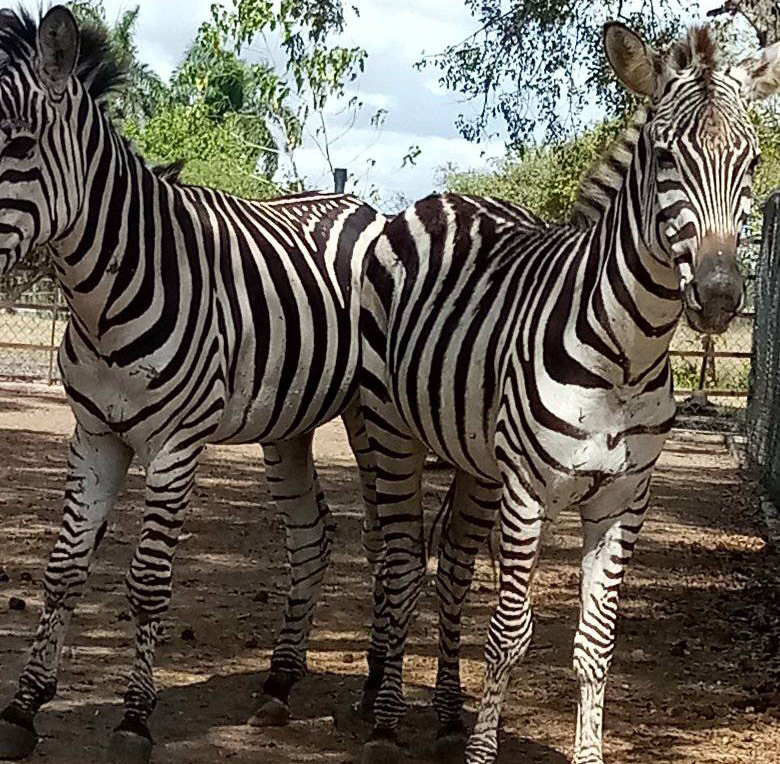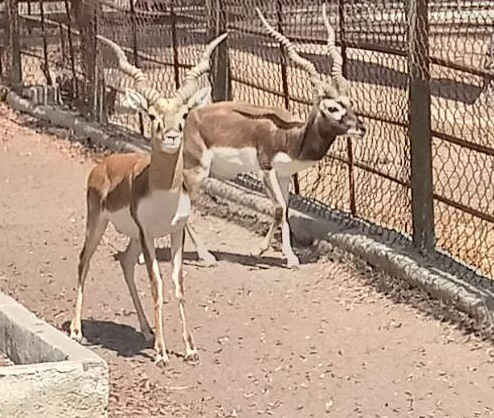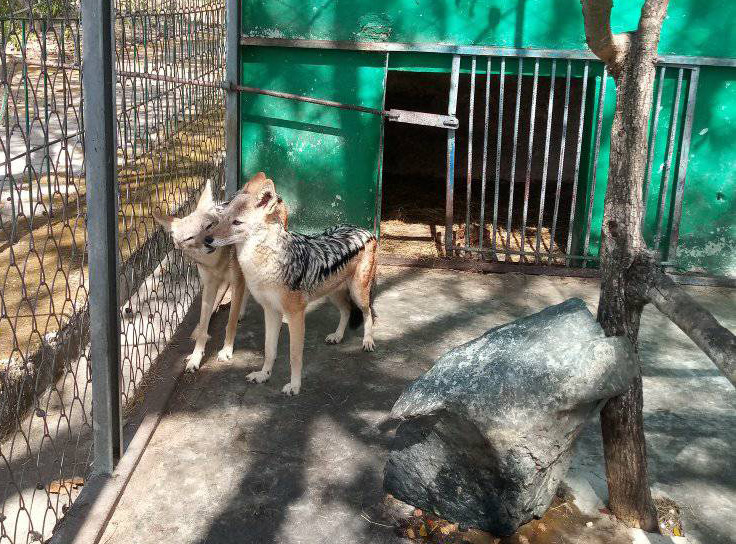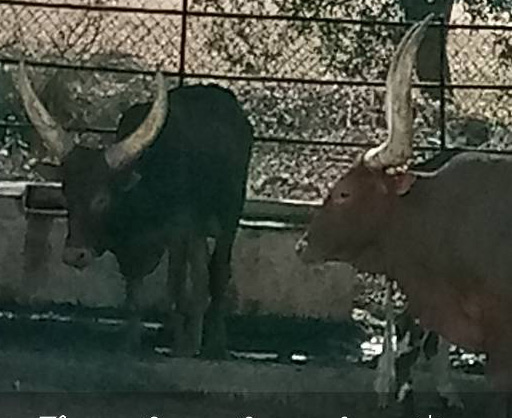
Since February, Las Tunas Zoo is offering new attractions to children and adults who visit it, eager to learn directly about specimens of the fauna, most of which are not native to Cuba.
This has been possible because the institution received several animals sent from the Cuban capital, after the reproduction of different species that arrived in the country as part of the Noah's Ark project, a collaboration agreement with Namibia.
The facility received a pair of zebras, three black-backed jackals, an Indian Ankole-Watusi zebu, and three antelopes. For their adaptation and well-being, the necessary conditions were created, according to Roberto González Reyes, director of the Las Tunas Zoo-Entertainment Park recreational complex.
"For the proper care of these species - and those, we had before - the first thing is to have their food available, and that has not been a problem in the unit. We have 11 types of feed, including the specialized one we received from the National Center for the Production of Laboratory Animals."
"Las Tunas has been one of the most fortunate provinces in terms of food availability, as there are monthly allocations by the Cuban Zoo Enterprise and another amount that arrives from Holguín every month."
"As a guarantee of the basic food for the primates there are up to 13 products among fruits, roots, and vegetables, and for the carnivores, there has not been any inconvenience. The agricultural sector has permanently protected us and covers one hundred percent of the needs."
TRANSFORMATIONS AND NEW SPECIES
 The specimens that arrived recently will not be the only ones, because during the current month others are expected to be received, which will enrich the current collection to the delight of visitors.
The specimens that arrived recently will not be the only ones, because during the current month others are expected to be received, which will enrich the current collection to the delight of visitors.
For the sake of animal welfare, the center contemplates changes in the exhibitors and the liberation of areas that are currently occupied by domestic species, which are no longer of interest to the institution, including goats, pigeons, collared doves, and chickens.
Regarding the donations, González Reyes informed 26 that they usually receive the animals seized by the Forest Ranger Corps during the actions carried out by this organ against illegal hunting and, after their first attention, the destination is decided.
"Initially, they are given a physical examination and, if necessary, medication. Afterward, if they are not attractive to the institution, they are returned to the environment, in areas where they were captured or in others that have the elementary conditions to survive."
THE MAGICIANS DONATE PIGEONS
The members of the Huracán Mágico Company, with its director Rodelay León Figueredo (magician Rudy), donated 10 specimens of Mexican turtle doves.
"This is the species we use in our shows; we recognize the performance of the entity in the conservation and reproduction of the different animals."
"These pigeons are very delicate and it is difficult to multiply them. But, it could be achieved at the center and thus visitors would see them and know the tasks that are systematically done for their preservation."








